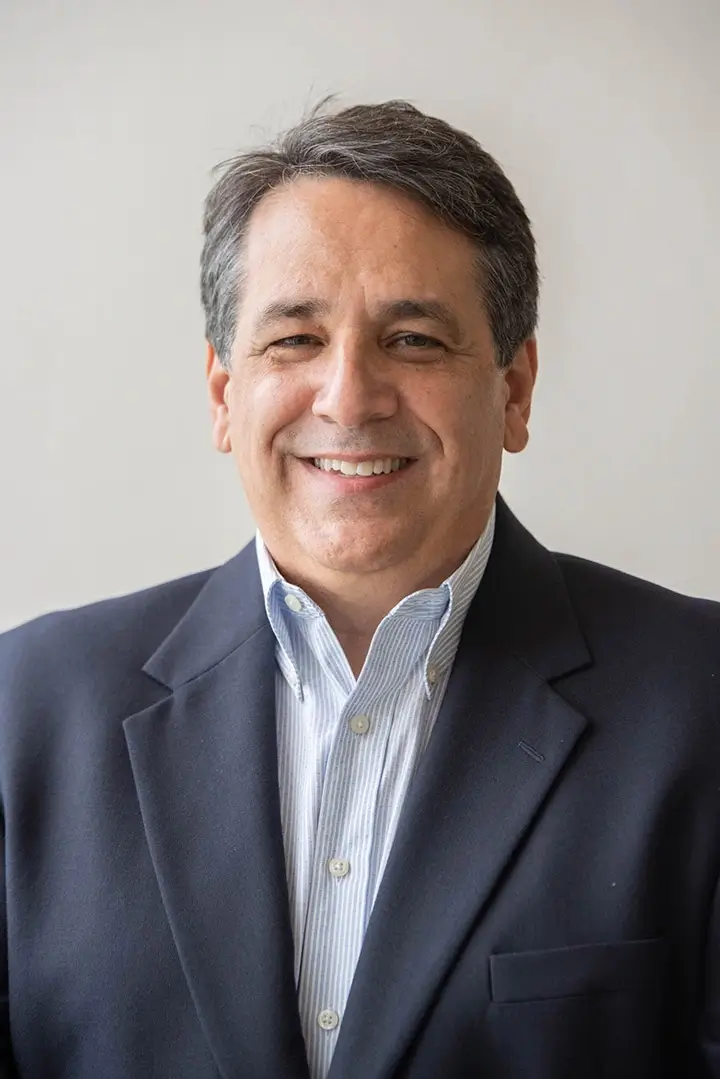Int Orthop. 2014 Sep;38(9):1811-8. doi: 10.1007/s00264-014-2391-1. Epub 2014 Jun 7.
Hernigou P, Flouzat Lachaniette CH, Delambre J, Zilber S, Duffiet P, Chevallier N, Rouard H.
Abstract

METHODS: Forty-five patients in the study group received concentrated bone marrow-derived MSCs as an adjunct to single-row rotator cuff repair at the time of arthroscopy. The average number of MSCs returned to the patient was 51,000 ± 25,000. Outcomes of patients receiving MSCs during their repair were compared to those of a matched control group of 45 patients who did not receive MSCs. All patients underwent imaging studies of the shoulder with iterative ultrasound performed every month from the first postoperative month to the 24th month. The rotator cuff healing or re-tear was confirmed with MRI postoperatively at three and six months, one and two years and at the most recent follow up MRI (minimum ten-year follow-up).
RESULTS: Bone marrow-derived MSC injection as an adjunctive therapy during rotator cuff repair enhanced the healing rate and improved the quality of the repaired surface as determined by ultrasound and MRI. Forty-five (100 %) of the 45 repairs with MSC augmentation had healed by six months, versus 30 (67 %) of the 45 repairs without MSC treatment by six months. Bone marrow concentrate (BMC) injection also prevented further ruptures during the next ten years. At the most recent follow-up of ten years, intact rotator cuffs were found in 39 (87 %) of the 45 patients in the MSC-treated group, but just 20 (44 %) of the 45 patients in the control group. The number of transplanted MSCs was determined to be the most relevant to the outcome in the study group, since patients with a loss of tendon integrity at any time up to the ten-year follow-up milestone received fewer MSCs as compared with those who had maintained a successful repair during the same interval.
CONCLUSION: This study showed that significant improvement in healing outcomes could be achieved by the use of BMC containing MSC as an adjunct therapy in standard of care rotator cuff repair. Furthermore, our study showed a substantial improvement in the level of tendon integrity present at the ten-year milestone between the MSC-treated group and the control patients. These results support the use of bone marrow-derived MSC augmentation in rotator cuff repair, especially due to the enhanced rate of healing and the reduced number of re-tears observed over time in the MSC-treated patients.

